QuestionHi Chris. I bought a 10 gallon tank about a week ago. I added a comet to it the next day (a small one, about 1.5 inch long). It did really well, and I added another slightly bigger one a couple of days later. I realized I should have waited for a few weeks to add the new one. Anyway, I tested the water every day and the ammonia, nitrites and ph were good. On day 6 I changed about 15% of the water. After that the smaller fish went off to hide in a rock I have in the tank, and it stayed there for quite a while. Thereafter,I noticed it was not as active as before, its fins were close to its body and it hid for long periods of time in the rock. It would come out once in a while and swim about listlessly. It also rubbed occasionally against the tank glass and darted in sudden jerky movements. I didn't notice any white spots or patches on its body. The other fish was fine for the most part but it does the rubbing and jerky movements once in a while too. I tested the water after I noticed this behaviour and ammonia was at 0.25 so I changed about 10-15% of the water although that didn't bring the ammonia down. I didn't feed the fish that day. Next day the small fish was still hiding a lot. I tested ammonia and it was still around 0.25 ppm so I changed 10-15% of water but it didn't change the ammonia level. I again changed 15% of water in the evening. The small fish looked really sick after that and he was just sitting on the bottom or floating in the water but not swimming. This morning he was moving around but his fins are still clamped. I really want him to recover but don't know what I should do. Please help!
AnswerHi Bela;
You are right, it's too much fish for a new tank. They are being burned and irritated by the ammonia. Change 25% of the water right away and do it again later on today. After that do one 25% change every day or every other day until the ammonia stabilizes. Also, don't feed the fish for a couple of days. They will not starve, it's just that they may not be as hungry and food could be going to waste causing more ammonia. Also watch for tiny white pin dots on the fish that indicates ich. It is common for stressed fish to get ich, which leads to even more trouble. Here is my article on new tanks to help you more;
**********
New Tank Syndrome or Break-in Period
So you have a new tank and you filled it up, put the filter together, mounted the heater into place and turned on the lights. You have all the plants and decorations where you want them....
You are ready for fish.
But, your filter is not ready for a full tank of fish yet.
The filter is running and moving the water and cleaning out crud, right? Of course!
But a very important part of your filter is the part you can't see. An aquarium filter removes the larger visible stuff, but it also must remove the dissolved fish waste that turns into ammonia in the water. To do this, special bacteria must grow in the filter system and on the particles of gravel in the bottom of your tank. This process occurs even on a limited scale in little fish bowls that have no filter in them.
This is "New-Tank Syndrome" or the "Break-in Period". The entire process takes 6 to 8 weeks to complete because these "nitrifying" bacteria grow quite slowly.
Start off with only one or two hardy fish (no more than 2 total inches of fish) for every ten gallons of water and don't add more until the 6 to 8 weeks has gone by. Hard to be patient, but it is worth it to keep your fish alive and healthy. As a matter of fact, the bacteria cannot develop without fish in the tank. You can let that tank sit forever without fish in it, but as soon as the first fish goes in the process begins. Avoid changing the filter pads during break-in. This removes the bacterial colonies that are essential to a balanced aquarium. You can rinse the filter pad out in a container of aquarium water. This will preserve most of the bacteria colonies while still allowing your filter to flow freely. Even using bacteria additives and water conditioners when you first set up the tank will not make a tank begin the cycle by itself. If there are no fish to provide food (fish waste) for the bacteria, the beneficial bacteria cultures will die and you will have to start the colonies all over again once fish are added to the tank. Once the tank has completed the initial cycle, you can change the filter pads every 4 weeks or so. But for now, just rinse them.
Feed your new fish VERY lightly. Any excess food will cause additional waste your system cannot afford to have right now. If you see food floating around or lying on the plants and gravel after five minutes, too much food is going into the tank. Cut back a little each time you feed until it is ALL gone 5 minutes after you feed them. Feed them once a day.
During this "break-in period" your tank will become cloudy and milky looking. You may have to tolerate this for the entire break-in period but it is only temporary. Changing 25% of the water three times a week until the break-in period is over helps a great deal. Changing water reduces the ammonia and nitrites that rise while the bacteria continues to multiply. If ammonia and/or nitrites become too high, your fish will become stressed and possibly die. Use a good water conditioner when you replace the water and make sure it is the right temperature to avoid shocking your fish.
When the break-in is over after 6 to 8 weeks and there are no nitrites or ammonia present in the water you can slowly add more fish. Add one or two every week until you reach the desired population. This allows the bacteria to adjust to the new population every time before adding more. Monitor the nitrites and ammonia to be sure they don't come up. If they do, make a 25% water change and check them again. Don't add the next fish until the levels are down again.
The safe maximum population for any size tank is one inch of adult fish for every gallon of water in the tank. Do some research to be sure of the fish you are interested in. Even though they are small when you buy them, you have to base your population calculations on full-sized adult fish. Many hobbyists have up to two inches per gallon but this can be risky. If a water quality issue arises or a disease occurs it will spread fast and furious in an over-populated tank. In any case, 25% water changes every week to two weeks are absolutely essential for the health of your fish.
Following these guidelines will help you get your new tank on the right track.
**********
At Your Service;
Chris Robbins
Come on over and join us on the freshwater fish forum at About.com to get even more information too;
http://freshaquarium.about.com/od/questionsanswers/a/naavigateforum.htm

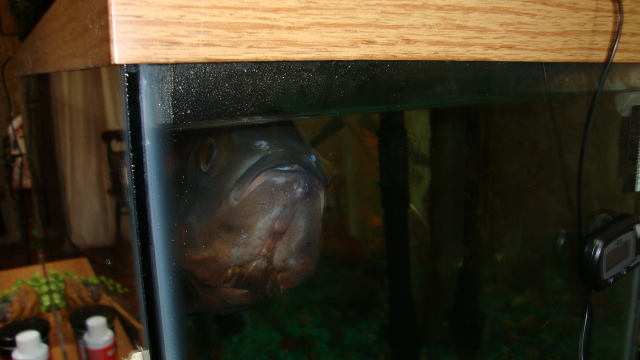 Oscar body scraped trouble swimming
QuestionOscar
QUESTION: Hi Ron
I havent asked
Oscar body scraped trouble swimming
QuestionOscar
QUESTION: Hi Ron
I havent asked
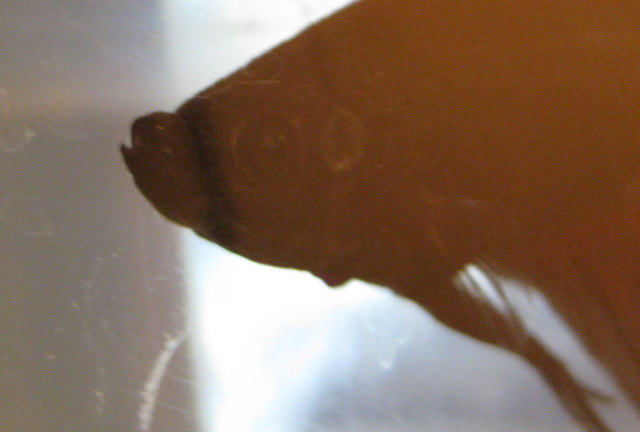 Betta cannot eat
Questionbetta
QUESTION: Hi,
I have a Betta, 2.5
Betta cannot eat
Questionbetta
QUESTION: Hi,
I have a Betta, 2.5
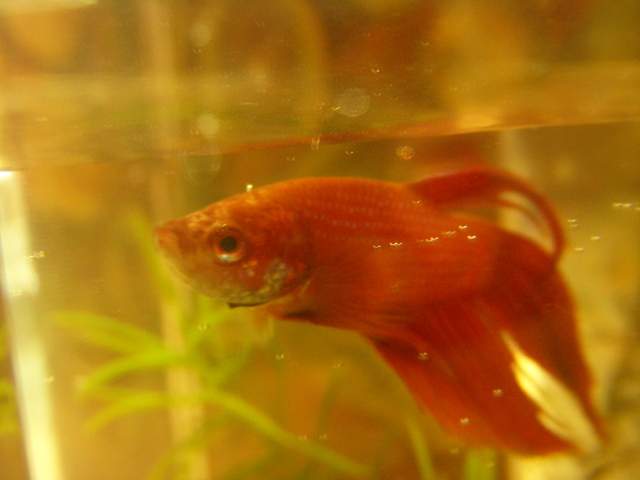 Swim Bladder Disorder???
QuestionJack
QUESTION: My betta fish is bloated.
Swim Bladder Disorder???
QuestionJack
QUESTION: My betta fish is bloated.
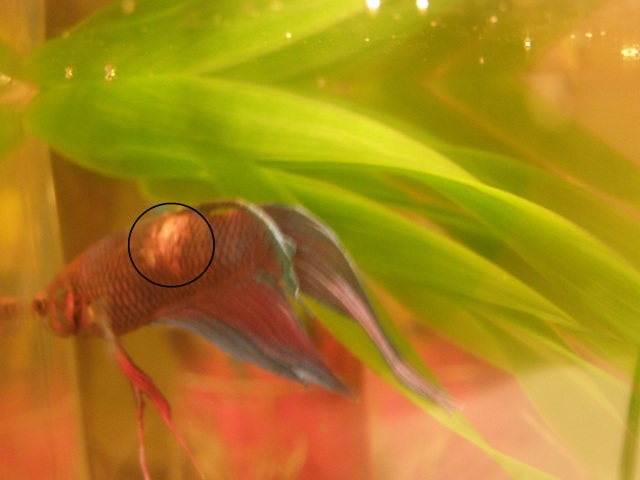 Sick bettas
QuestionPico
QUESTION: Hi Jaymie,
My roommate
Sick bettas
QuestionPico
QUESTION: Hi Jaymie,
My roommate
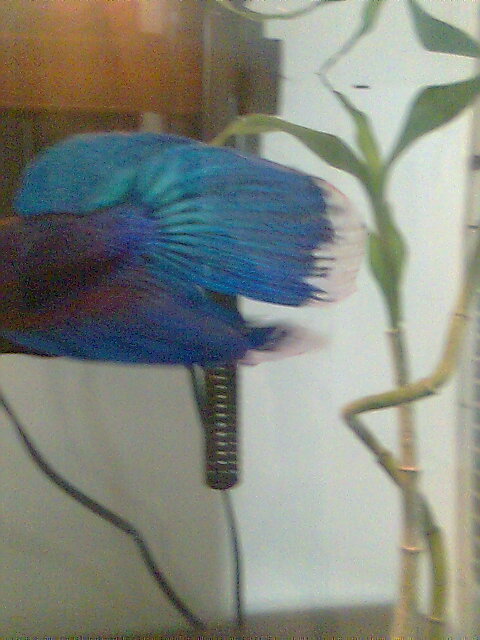 Finrot
QuestionQUESTION: Hi. I was wondering our Bettas fin is
Finrot
QuestionQUESTION: Hi. I was wondering our Bettas fin is